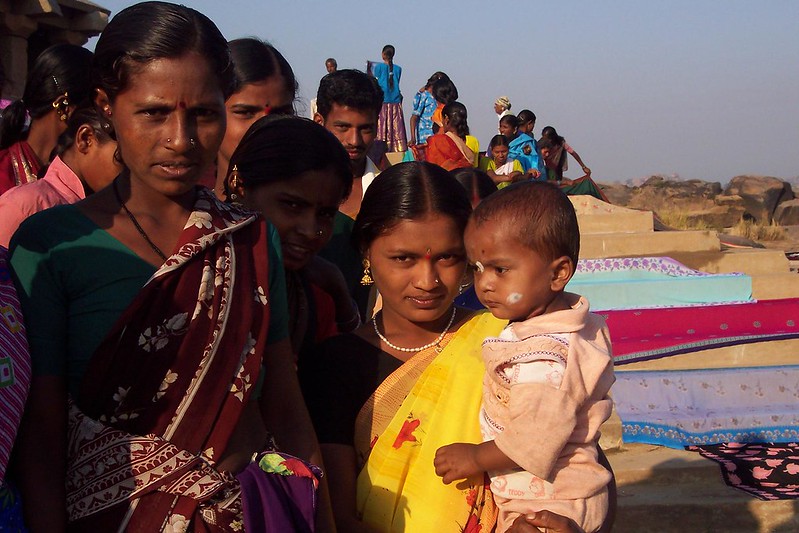 India — known for its vibrant culture and Holi festivals — continues to make progress on the 17 Sustainable Development Goals (SDGs) under the United Nations’ 2030 Agenda. The country improved its SDG Index score from 57 in 2018 to 66 in 2020–21 and reached a score of 71 out of 100 in 2023–24.
India — known for its vibrant culture and Holi festivals — continues to make progress on the 17 Sustainable Development Goals (SDGs) under the United Nations’ 2030 Agenda. The country improved its SDG Index score from 57 in 2018 to 66 in 2020–21 and reached a score of 71 out of 100 in 2023–24.
Closing Gaps in Health Care
Health care coverage remains a core focus in India’s SDG efforts. In April 2025, the country experienced a health care affordability crisis that impacted many low- and middle-income citizens. Rising medical costs led a significant number of individuals to postpone or decline treatment. India conducted a report surveying citizens to call for any insurance reforms that need to be addressed. According to the India Fit Report 2025, one in five citizens reported denying medical care due to high costs. The same report noted a 3.84% gender gap in access, with many Indian women facing greater health challenges, including diabetes, high blood pressure and cholesterol. While 40% of indian men also reported experiencing some of these conditions.
To address these inequalities, the Indian government introduced the Ayushman Bharat Pradhan Mantri Jan Arogya Yojana (AB PM-JAY) on Sept. 23, 2018. By 2025, the program expanded its reach, offering free health insurance to citizens living in poverty. It focused on supporting women and children by providing diagnostic and treatment services. The policy enrolled more than 120 million people and helped reduce the financial burden of health care. Although the initiative made measurable progress, challenges such as financial protection and full utilization still require attention in underserved areas.
Poshan Abhiyaan
India established the National Nutrition Mission or Poshan Abhiyaan in 2018 to improve nutrition among children under age 6, adolescent girls and expectant or nursing mothers. The program aimed to reduce child malnourishment, low birth weights and anemia. Malnutrition continues to affect around 13% of the population, with an estimated 195 million citizens affected in mid-2024. Children represent a significant portion of this crisis, with 35.5% experiencing stunted growth. To strengthen food access, the government also enacted the National Food Security Act. In 2023–24, the program reached 99% of qualified recipients. Together, these nutrition initiatives support healthier outcomes in high-poverty districts and contribute to long-term development goals.
The Clean India Mission
Efforts to improve clean water access and reduce waste have become a critical part of India’s sustainable development strategy. Improper waste disposal has led to the spread of waterborne illnesses. More than 377 million Indians live in areas where waste, including hazardous, plastic and biomedical materials, remains poorly managed. Projections reveal national waste levels could reach 165 million tonnes by 2030.
The Swachh Bharat (Clean India) Mission, launched in 2014, introduced new sanitation policies. The government constructed toilets in public areas and ran nationwide campaigns encouraging safe hygiene practices. These efforts reduced open defecation, improved women’s access to private sanitation and supported public health improvements.
Looking Ahead
India’s efforts in health care, nutrition and sanitation reflect meaningful progress toward achieving the SDGs. Programs such as AB PM-JAY, Poshan Abhiyaan and Swachh Bharat have addressed core poverty-related challenges. Continued investment and community engagement could help the country reach its 2030 targets and improve the quality of life for its citizens.
– Janae Bayford
Janae is based in Centennial, CO, USA and focuses on Global Health for The Borgen Project.
Photo: Flickr

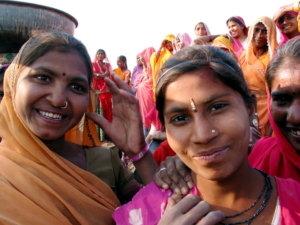 While gender inequality is detrimental to every gender, it is typically women and girls in particular who are the most disadvantaged. With the introduction of the
While gender inequality is detrimental to every gender, it is typically women and girls in particular who are the most disadvantaged. With the introduction of the 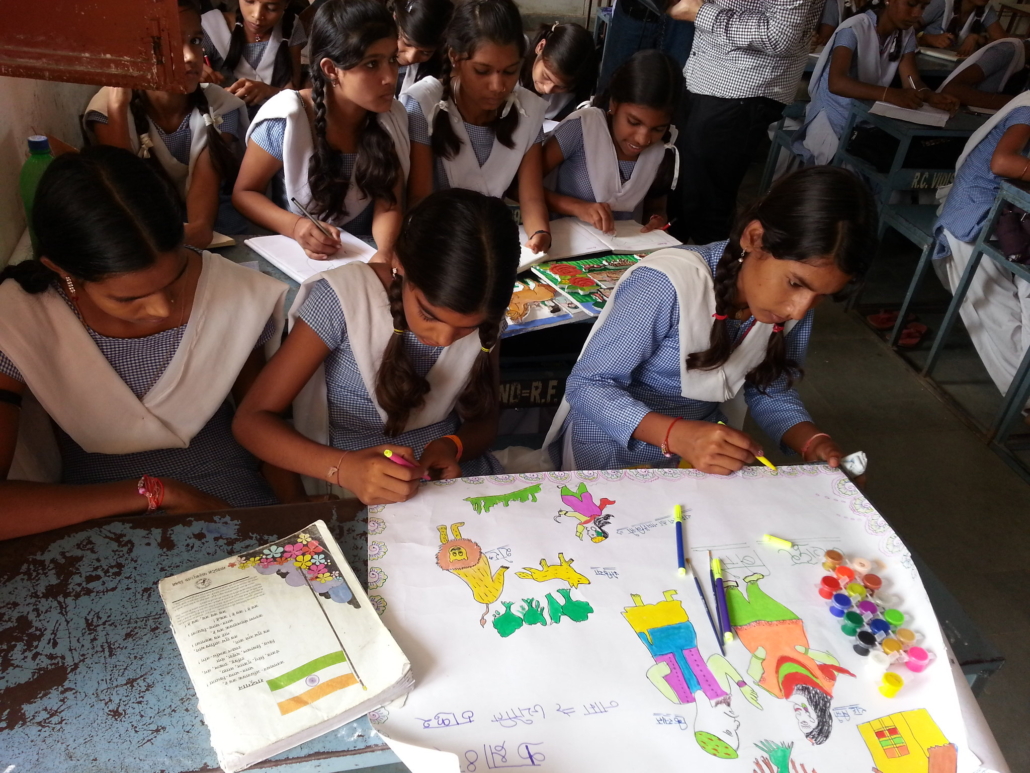
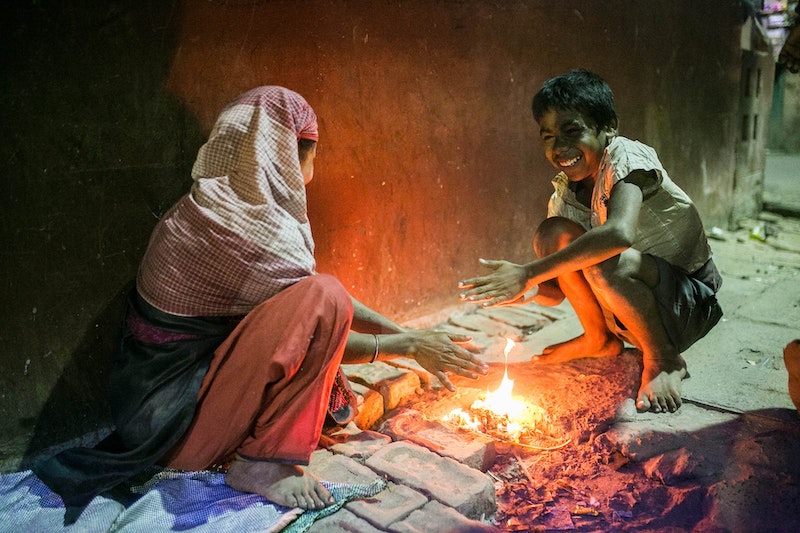 The measurement of the poverty level in India has been the subject of much debate over the past decade, especially because of the lack of reliable figures and data. This year, following two articles on poverty in India published by the International Monetary Fund and the World Bank,
The measurement of the poverty level in India has been the subject of much debate over the past decade, especially because of the lack of reliable figures and data. This year, following two articles on poverty in India published by the International Monetary Fund and the World Bank, 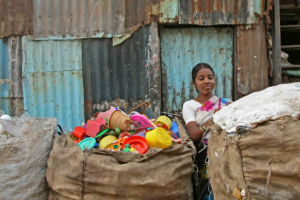 Mumbai’s Dharavi is one of the world’s largest slums and is home to
Mumbai’s Dharavi is one of the world’s largest slums and is home to 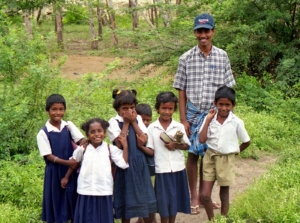 Celebrating India’s
Celebrating India’s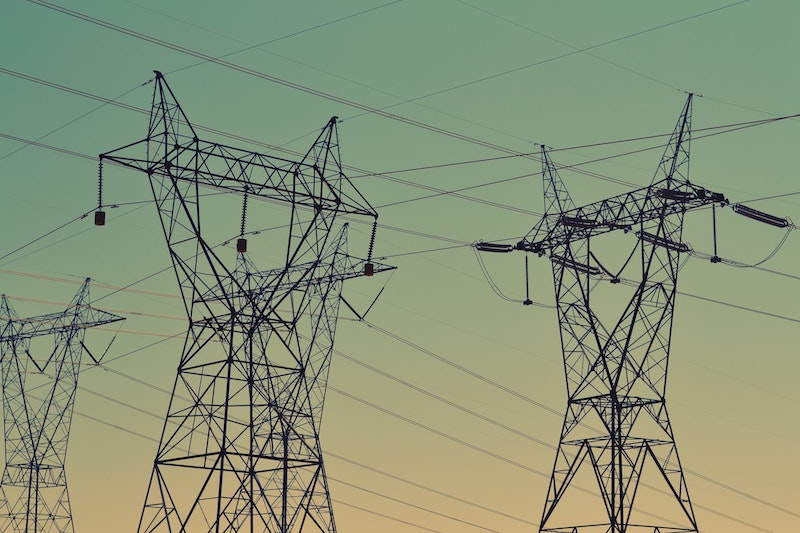 There are 840 million people worldwide without access to electricity. According to
There are 840 million people worldwide without access to electricity. According to 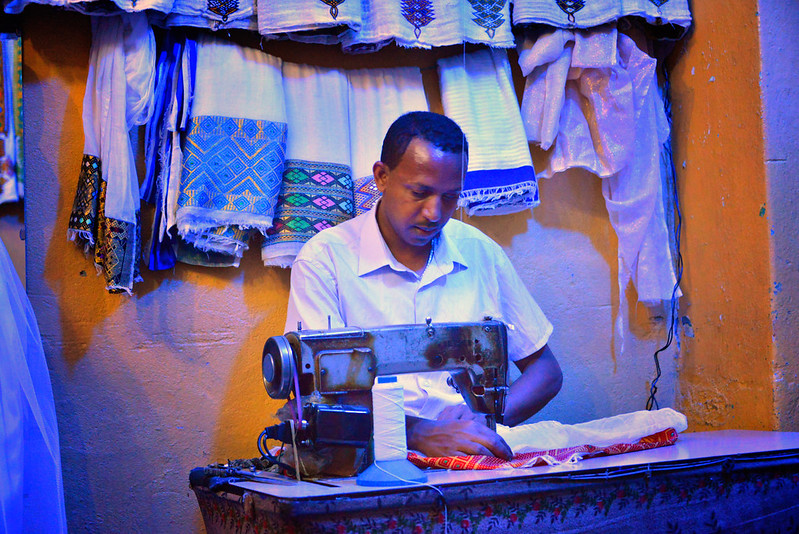 Working conditions in the fashion industry are often less than ideal. Despite providing job opportunities for workers in impoverished countries, many of these employees make
Working conditions in the fashion industry are often less than ideal. Despite providing job opportunities for workers in impoverished countries, many of these employees make 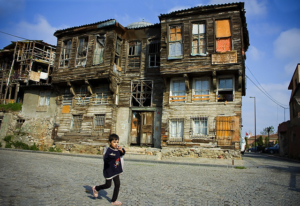 An important part of fighting global poverty is providing people a safe place to live. 3D printed homes offers a new solution, as this new method allows for fast and cheap mass-production of affordable housing.
An important part of fighting global poverty is providing people a safe place to live. 3D printed homes offers a new solution, as this new method allows for fast and cheap mass-production of affordable housing.